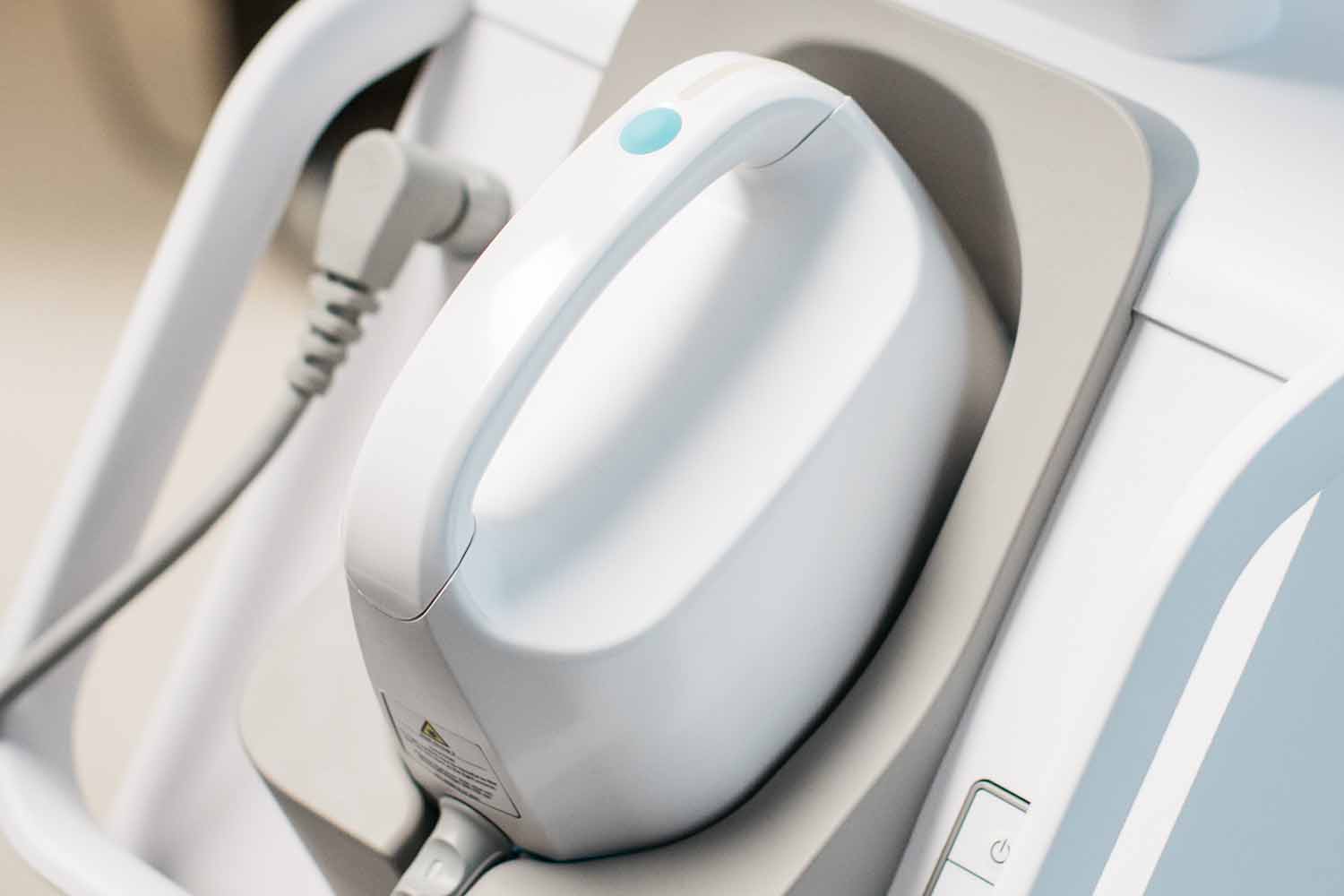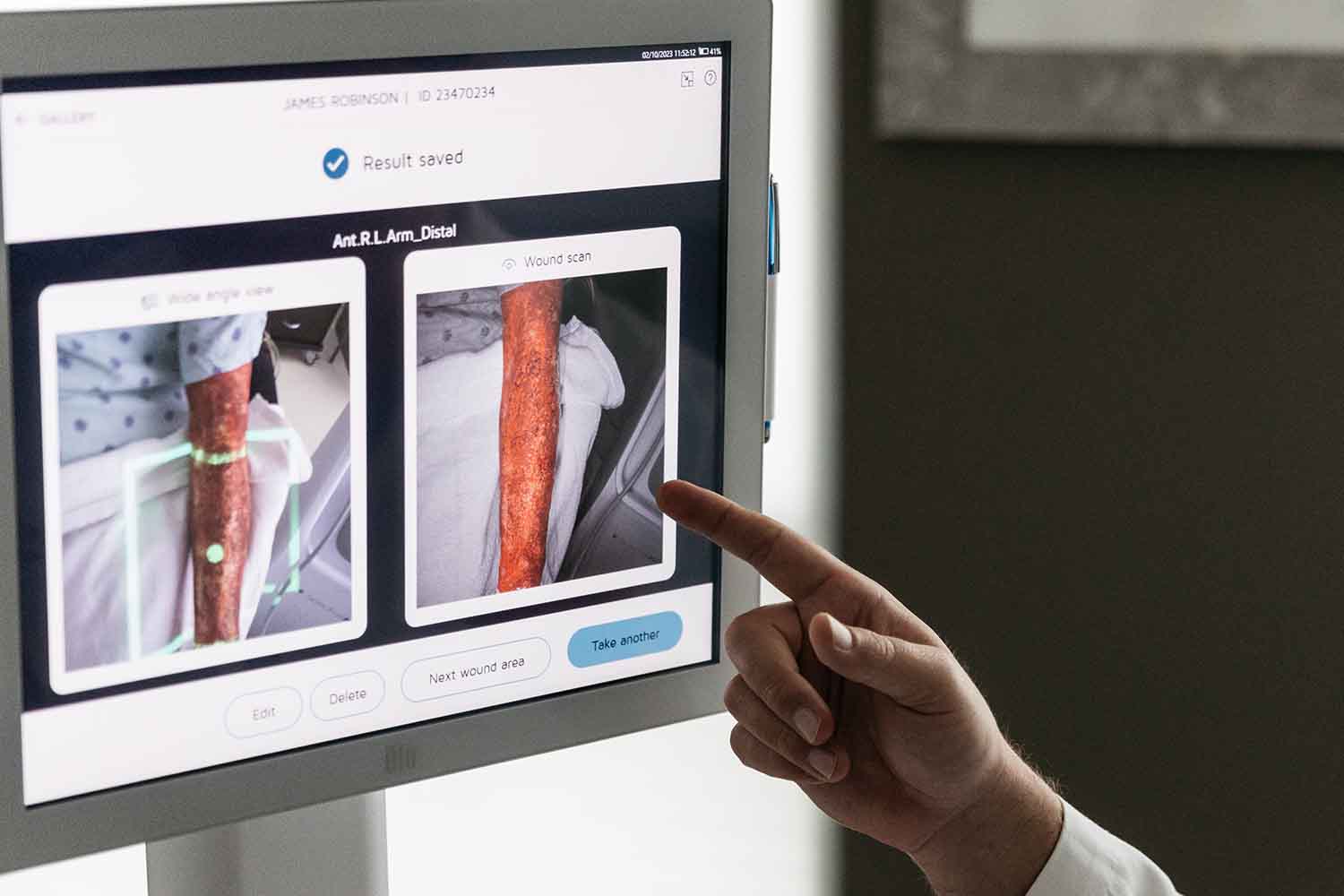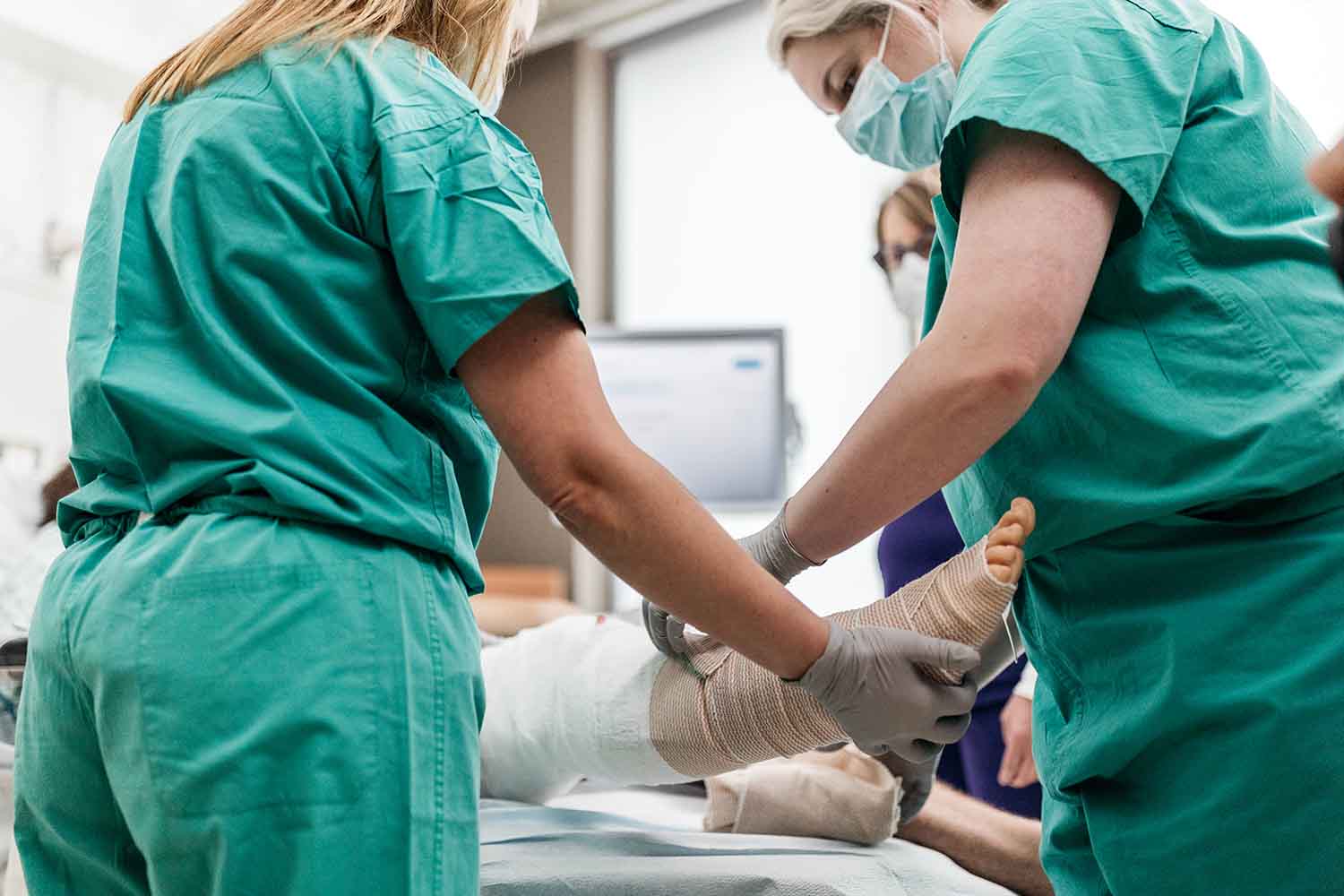The healing process of a burn wound involves multiple stages and is influenced by various factors such as the severity of the burn, patient health, and proper wound care. Understanding these stages—inflammation, proliferation, and maturation—helps clinicians tailor treatment to improve outcomes. Critical elements such as infection control, nutrition, and pain management play pivotal roles in supporting recovery and reducing complications. Proper assessment and intervention at each stage can enhance healing and minimize long-term effects.
Importance of Recognizing Burn Wound Healing Stages
Recognizing the stages of burn wound healing is essential for clinicians managing burn injuries. The healing process occurs in three phases: inflammation, proliferation, and maturation. Each phase presents unique characteristics, requiring targeted interventions.
During the inflammation phase, the body activates defense mechanisms to control infection and begin wound healing. This stage, characterized by redness, swelling, and heat, requires vigilant monitoring to address potential complications such as infection early.
In the proliferation phase, tissue repair progresses. Granulation tissue forms as new skin cells regenerate, gradually covering the wound. Proper wound care during this period is crucial to ensure smooth progression and to prevent complications like delayed healing.
The final maturation phase involves tissue remodeling, where the wound gains strength and elasticity. Scar formation begins, requiring clinicians to monitor for abnormal scars, such as hypertrophic or keloid scars, and intervene if necessary.
Understanding these burn wound healing stages allows clinicians to provide personalized care and anticipate complications, ensuring patients achieve optimal recovery with minimal long-term effects.
Factors that Influence the Healing Process of Burn Wounds
Various factors influence the healing of burn wounds, affecting both speed and quality. Clinicians must assess these elements carefully to optimize patient care.
A key factor is the depth of the burn. Superficial burns, like first-degree burns, heal rapidly, while deeper burns, such as second- and third-degree burns, require longer recovery due to extensive tissue damage. Burn location also matters, with joints and areas of high mobility more prone to complications like contractures.
Infection control is another major factor. Burn wounds are highly vulnerable to bacterial invasion, which can slow healing. Regular wound care, such as the use of antimicrobial dressings, is essential to reduce infection risks and facilitate recovery.
Nutritional status is crucial as well. Poor nutrition can impair the body’s ability to regenerate tissue and fight infection. Adequate hydration and a diet rich in essential vitamins and proteins support the body’s healing mechanisms.
Finally, patient age and pre-existing health conditions affect healing rates. Older individuals or those with chronic illnesses like diabetes often experience slower wound healing due to impaired circulation and weakened immune responses.
Addressing these factors allows clinicians to tailor treatment strategies, ensuring more effective burn wound healing and reducing the risk of complications.
Severity of Burns: The Impact of Degree Burn on Healing
The severity of a burn, determined by its degree, plays a central role in the healing process. Each burn degree poses different challenges and requires specific treatment approaches.
First-degree burns involve only the epidermis and usually heal quickly with minimal care. These burns are characterized by redness and pain but rarely result in scarring.
Second-degree burns extend deeper into the dermis, causing blistering and significant pain. Healing times vary based on the depth of the burn, often taking weeks. These burns may result in scarring if not managed properly.
Third-degree burns, which damage all layers of the skin, pose the most serious healing challenges. These burns may appear leathery or charred and are often painless initially due to nerve destruction. Third-degree burns heal slowly and often require skin grafts to restore function and prevent severe scarring.
Understanding how the degree of burn impacts the healing process helps clinicians plan the most appropriate interventions, leading to better long-term recovery.
Patient Health and Age
Patient health and age significantly impact the healing process in burn wounds. Young, healthy individuals generally experience faster recovery due to more efficient immune and regenerative systems. In contrast, older adults or those with chronic conditions like cardiovascular disease or diabetes may face slower healing rates.
For younger patients, burn wounds tend to heal more efficiently, with fewer complications and reduced risk of infection. However, older adults or those with compromised health may experience prolonged inflammation and impaired tissue repair.
Conditions such as diabetes can further complicate recovery by reducing circulation and limiting the delivery of nutrients and oxygen to the burn wound, increasing the risk of complications such as infection and poor wound closure.
Clinicians should account for these factors when developing treatment plans to ensure optimal wound care and faster recovery.
Wound Care and Burn Healing: Critical Steps to Support Recovery
Effective wound care is essential to support the healing process for patients with burn injuries. Clinicians must assess the degree and extent of the burn to implement the most appropriate treatments.
Key steps include keeping the wound clean and maintaining a moist environment, which promotes cell migration and prevents the wound from drying out. This helps accelerate the healing process. Antimicrobial dressings are often recommended, especially for deeper burns, to minimize infection risks.
For second-degree burns or more severe injuries, using proper dressings and changing them regularly is critical. Blisters, if present, should remain intact to serve as a protective barrier against bacteria. Clinicians should monitor burn wounds closely to detect infection or complications early.
Patient education on wound care, pain management, and the importance of hydration and nutrition is equally important in supporting recovery. A proactive approach can reduce healing time, minimize scarring, and improve overall outcomes.
Rehabilitation and Physical Therapy:
Rehabilitation and physical therapy are essential components of burn wound recovery, particularly for patients with severe burns. After the skin heals, the affected areas may become tight and less flexible, leading to contractures—an abnormal tightening of the skin that restricts movement. Physical therapy plays a key role in preventing these contractures by promoting flexibility, mobility, and strength through tailored exercises. Regular therapy also helps to minimize scar tissue formation and maintain the range of motion in joints, especially for burns located on high-mobility areas like the hands, knees, and elbows. Early intervention with physical therapy, often during the wound healing process, ensures better functional outcomes and reduces the risk of long-term disability. Collaborating with rehabilitation specialists ensures that the patient receives comprehensive care that addresses both cosmetic and functional recovery.
Skin Grafting and Advanced Treatment Options:
For deep burns that affect all layers of the skin, skin grafting is often required to accelerate healing and restore skin function. Skin grafts involve transplanting healthy skin from another part of the body to the burn wound to cover the damaged area and promote tissue regeneration. In addition to autografting, advanced treatments like biosynthetic skin substitutes and regenerative therapies have expanded options for burn management. These innovations mimic natural skin and support the healing process, especially in cases where a patient lacks sufficient donor skin for grafting. Other techniques, such as tissue-engineered skin and stem cell therapies, hold promise for improving outcomes in complex burns. By understanding and utilizing these advanced treatment options, clinicians can offer more effective solutions for burn patients, ensuring faster recovery and reducing the risk of complications like infection or excessive scarring.
Complications That Can Delay the Burn Healing Process
Burn wounds are susceptible to various complications that can significantly delay the healing process and affect overall recovery. These complications can arise at any stage of healing and may result from improper wound care, infections, or underlying health issues. Infections are one of the most common and serious complications, as they can impede tissue repair and increase the risk of sepsis. Other factors, such as poor nutrition, uncontrolled pain, and psychological stress, can also slow the healing process. Additionally, the formation of scars and contractures can complicate recovery by limiting movement and affecting the appearance of the affected area. Identifying and managing these complications early is essential for promoting faster healing, reducing long-term damage, and improving outcomes for patients with burn injuries. By addressing these potential challenges proactively, clinicians can help ensure that burn wounds heal more efficiently and with fewer setbacks.
Infection and Burn Wounds: Risks and Prevention
Infection is a frequent complication in burn wound healing, significantly delaying recovery. Burn wounds expose underlying tissue, making them susceptible to bacterial colonization, which can lead to systemic infections if untreated.
Clinicians must monitor for signs of infection, such as increased redness, swelling, and discharge. Prevention includes using sterile dressings and maintaining a moist wound environment. Antimicrobial dressings and silver-based products help control bacterial growth in more severe cases.
Adequate nutrition and hydration also boost the body’s defense mechanisms, supporting faster recovery. Regular assessments and wound debridement can further minimize infection risks and ensure the wound healing process proceeds smoothly.
Scar Formation: A Natural Part of Burn Wound Healing Stages
Scar formation is a natural part of burn wound healing but can complicate recovery. Scarring usually begins in the later stages, particularly in deeper burns where tissue damage is extensive. The body produces collagen to repair the skin, but excessive collagen can lead to hypertrophic scars or keloids.
The likelihood of significant scarring increases with deeper burns and prolonged healing. Scars may limit mobility and cause discomfort, particularly when they form over joints. Clinicians should manage scars with proper wound care, including pressure garments and silicone sheets.
Early intervention, such as physical therapy, can prevent contractures and improve flexibility. More severe scarring may require treatments like laser therapy or surgery.
The Role of Nutrition in Burn Healing: Supporting Wound Recovery
Nutrition plays a pivotal role in burn wound healing. Burn patients require higher caloric intake and specific nutrients to meet increased metabolic demands. Without proper nutrition, the healing process can be delayed, leading to more complications.
Proteins are essential for tissue regeneration and collagen production. Clinicians should ensure patients receive adequate protein to promote tissue repair. Deficiencies can slow healing.
Vitamins and minerals such as vitamin C and zinc are also critical for wound healing. These nutrients support collagen synthesis and immune function, which are essential for effective recovery.
Hydration is equally important, as burn wounds cause significant fluid loss. Proper hydration helps maintain body temperature and supports tissue regeneration.
By addressing the nutritional needs of burn patients, clinicians can enhance recovery and reduce complications. Regular monitoring of nutrition is key to a comprehensive wound care plan that promotes optimal healing.


